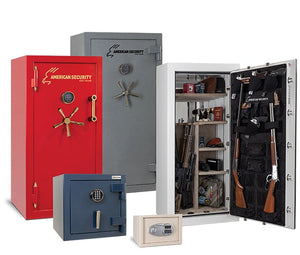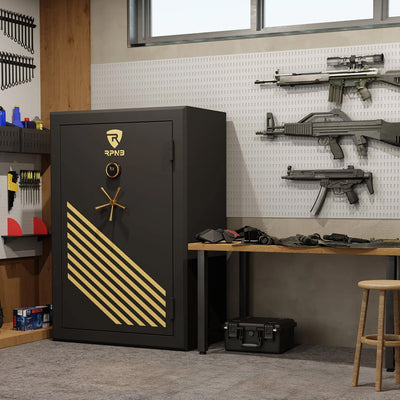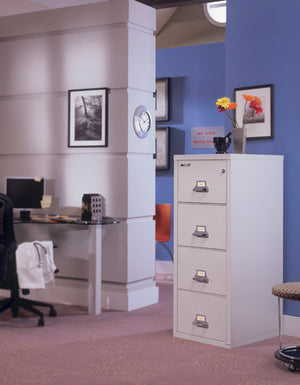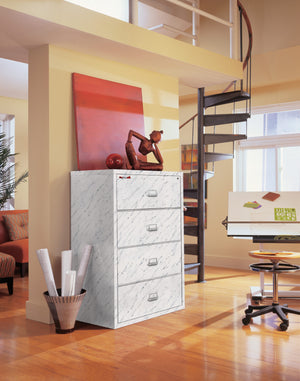
Deciphering Fire Ratings for Safes: A Comprehensive Guide for Making Informed Choices
Introduction:
In the quest for optimal security solutions, understanding the fire ratings of safes is paramount. This guide aims to demystify fire ratings for both residential customers and businesses, ensuring you can make informed decisions when selecting a safe to protect your valuables against fire damage.
Understanding Fire Ratings:
Fire ratings serve as a benchmark for a safe's ability to protect its contents during a fire by maintaining an internal temperature below a certain threshold for a specified duration. For instance, a safe with a 60-minute rating at 1,200°F is designed to keep its interior below 350°F for at least an hour in a fire.
Types of Fire Protection:
Safes employ various materials for insulation against heat, including fireboard, composite materials, or K-wool. The effectiveness of these materials, reflected in the safe's fire rating, depends on the quantity and quality of insulation used.
Certification and Testing:
Reliable certifications from organizations like Underwriters Laboratories (UL), K.I.S., ETL, or reputable manufacturers are essential. They validate a safe's fire resistance capabilities based on standardized testing, including exposure to extreme temperatures and impact tests.
Factors Influencing Fire Ratings:
- Content: The type of items stored (e.g., paper, precious metals, or photographs) dictates the required fire rating due to different combustion temperatures.
- Location: Safes placed on lower floors are less exposed to heat, potentially enhancing their survivability in a fire.
- Emergency Response Time: In areas with longer firefighter response times, higher fire ratings may be necessary for adequate protection.
Best Practices for Fire Rated Safes:
Most safes on the market come with a 1 or 2-hour Class 350 rating, which is sufficient for protecting paper documents in typical scenarios. This standard ensures that the interior of the safe remains below 350°F, preventing paper from charring or igniting under standard fire conditions.
Determining Fire Ratings:
Fire ratings result from rigorous testing by independent labs, simulating fire conditions to measure a safe's protective capabilities. The process includes assessing the safe's interior temperature during exposure to high temperatures, with certifications like UL, K.I.S., and ETL providing a reliable benchmark for these ratings.
Comparing Different Standards:
While there are several testing standards, including UL, K.I.S., and independent lab tests, they all aim to evaluate a safe's ability to protect its contents from fire. The primary differences lie in the testing methodologies and specific temperature and duration benchmarks.
Choosing the Right Fire Rating:
Consideration of content type, safe location, and emergency response times in your area are crucial in selecting a safe with an appropriate fire rating. A balance between the level of protection needed and the available budget will guide the best choice for your needs.
Conclusion:
Fire ratings are a key consideration in selecting a safe, offering a clear indicator of its ability to protect valuables from fire damage. With an understanding of fire ratings, their determination, and factors affecting them, you're equipped to make choices that ensure the safety and security of your most precious items.











